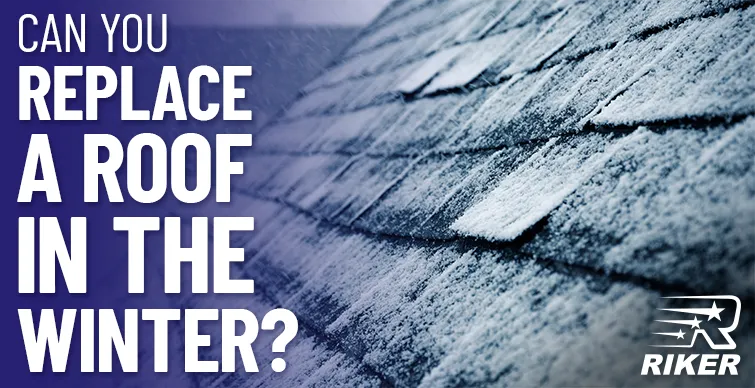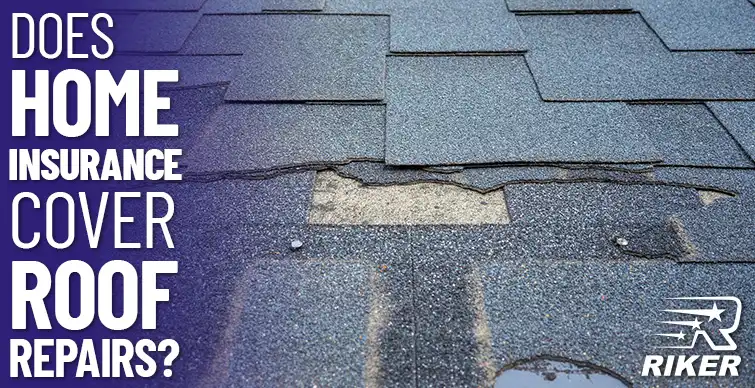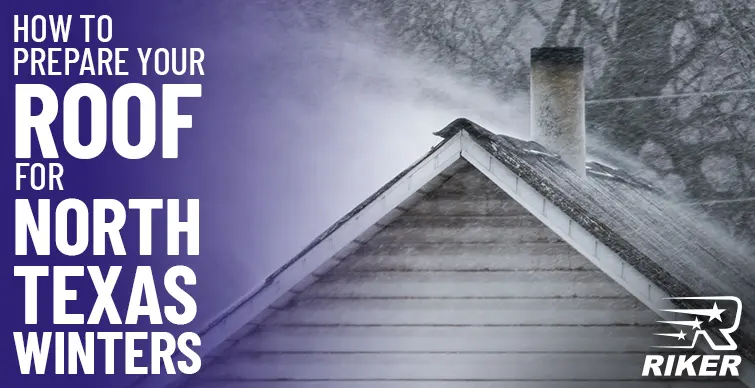Noticing a leak during heavy rain can be alarming, but it’s a common issue for many homeowners. The intense downpour puts your roof to the test, often exposing hidden vulnerabilities. Whether it’s wind-driven rain sneaking under loose shingles, aging materials that can’t keep up, or poor installation practices, heavy rain often highlights issues that might otherwise go unnoticed. Understanding these causes can help you address potential problems before they lead to significant damage.
What Causes Roof Leaks During Heavy Rain?
Heavy rain can be a real stress test for your roof, revealing weaknesses you might not have noticed otherwise. Let’s dive into some common culprits behind those frustrating leaks.
Compromised Flashing
One common reason for roof leaks during heavy rain is compromised flashing. Flashing is the material that seals the joints between your roof and walls, chimneys, or other structures. If it’s damaged, corroded, or not installed correctly, water can seep in and cause leaks. Flashing is especially critical in areas where the roof meets walls, chimneys, or skylights, making regular maintenance and inspections important to help prevent flashing-related leaks.
Leaks Around Your Skylight
Skylights bring in the sunshine, but they can also bring in unwanted water during heavy downpours. A small gap in the seal is all it takes for rain to seep in and cause damage. If the skylight wasn’t installed just right, water can collect and leak into your home. And it’s not just the rain – condensation buildup can mix with rainwater, creating a perfect storm for leaks.
But that’s not all. A cracked pane of glass or a damaged frame can give water an open invitation into your home. And if leaves or debris pile up around the skylight, they can clog the water’s escape route, causing it to pool and eventually leak in. Heavy rain can put your skylight to the test – and if it’s not up to par, you’ll be dealing with the messy consequences.
Debris in Your Roof Valleys
Roof valleys are meant to be water’s exit route, but when cluttered with leaves and twigs, they can become a dam. Water backs up, and before you know it, it’s seeping into your home. The rotting debris can eat away at your roofing, weakening its defenses against the elements. The weight of all that clutter can even cause your roof to sag, compromising its structure.
In colder climates, the problem gets worse. Debris can contribute to the formation of ice dams, which can unleash a torrent of water into your home when the snow melts or heavy rain hits. And it’s not just the big stuff – even moss and algae can wreak havoc. They retain moisture, slowly breaking down your roofing materials over time. When the rain comes, your roof may not be ready.
Damaged or Worn Shingles
Your shingles are the frontline soldiers in the battle against the elements. But like any warrior, they can get worn out. Cracks, curls, and gaps in the ranks leave your roof vulnerable to water’s advances. As shingles age, they shed their protective granules, losing their water-repelling powers. It’s like a shield with holes – leaks are just a matter of time.
Impact damage from hail or debris can be like a direct hit, letting water pour in during heavy rain. And if the shingles weren’t installed just right, with the right overlap, water can sneak underneath. Even the sun’s UV rays can take their toll, weakening shingles until they’re brittle and leak-prone. When the rain comes, your roof may not be ready.
Clogged Gutters and Downspouts
Gutters and downspouts are the unsung heroes of your roof, channeling water away from your home’s foundation. But when they’re clogged, water has nowhere to go – except into your roof. The weight of all that debris can buckle the gutters, compromising the edge of your roof. And if water can’t drain properly, it pools around your foundation, seeping into the cracks and causing more leaks.
In the winter, clogged gutters can turn into ice dams, forcing water under your shingles and into your home. And when water overflows, it can rot the fascia and soffits, eating away at the very structure of your roof. The result? Leaks, damage, and a whole lot of costly repairs. Don’t let clogged gutters turn into roof leaks.
What is the Best Way to Prevent Roof Leaks?
Preventing roof leaks during heavy rain doesn’t have to be a guessing game. With a little proactive care and regular maintenance, you can keep your roof watertight and your home dry. Here’s how:
- Stay Ahead with Regular Inspections: Don’t wait for leaks to happen—catch them before they start. Schedule roof inspections at least twice a year to identify early signs of wear, damage, or vulnerabilities. A professional can spot potential issues and fix them before they become major problems.
- Keep Your Roof in Top Shape: Regular maintenance is key to a leak-free roof. Clean your gutters, remove debris, and tackle minor repairs as soon as they arise. This prevents the buildup of materials that can cause water to back up and seep into your home.
- Seal the Deal: Even the best roofs can develop small cracks or gaps over time. But with regular checks and a little sealant, you can keep water from penetrating your roofing system. Stay on top of vulnerabilities to keep your roof watertight.
- Breathe Easy with Proper Ventilation: Good roof ventilation isn’t just about comfort – it’s about the health of your roof. Proper ventilation reduces condensation, which can lead to leaks, and helps prolong the lifespan of your roofing materials.
- Invest in Quality Roof Materials: When it’s time to repair or replace your roof, don’t skimp on quality. Invest in top-grade shingles, flashing, and sealants to improve your roof’s resilience against heavy rain. Quality materials last longer, offering better long-term protection against leaks.
Is it Normal for Roofs to Leak in Heavy Rain?
No, a well-installed and maintained roof should not leak in heavy rain. Leaks typically indicate underlying issues like poor installation or aging materials. In fact, leaks can occur in both new and old roofs. To understand how factors like roof age contribute to these problems, read more about how long does a roof last. Addressing them promptly will prevent extensive damage and costly repairs.
How to Temporarily Fix Roof Leaks in a Storm
If you notice a leak during a storm, quick action can help minimize damage until professional repairs can be made. Here’s what you can do:
How to Temporarily Fix a Roof Leak During a Storm:
- Use a Tarp: If it’s safe to do so, secure a tarp over the affected area of your roof to prevent more water from entering. Make sure the tarp is tightly secured to withstand the wind and rain.
- Tip: Riker
- Seal the Leak: Apply roofing cement or caulk to any visible cracks or gaps as a temporary fix. This can help slow down the leak until a permanent repair can be done.
- Bucket and Towels Inside: Place buckets under the leak inside your home to catch dripping water and use towels to absorb smaller drips. This can help protect your flooring and minimize water damage.
- Stop Water Spread: Use a wet/dry vacuum to remove any water that has accumulated inside your home. This helps prevent further damage and reduces the risk of mold.
- Minimize Damage: If possible, clear debris from gutters or roof valleys to help water drain properly. Reducing water buildup can prevent the leak from getting worse.
When to Call a Professional for Roof Leaks During Heavy Rain
While temporary fixes can help in the short term, there are situations where you should call a professional to address roof leaks:
- Persistent or Worsening Leaks: If your attempts to stop the leak aren’t working, it’s time to call in an expert. Persistent leaks can cause significant damage if not properly repaired.
- Visible Roof Damage: If you notice missing shingles, sagging gutters, or other visible signs of damage, a professional roofer can assess the extent of the damage and provide the necessary repairs.
- Interior Water Damage: Water stains, sagging ceilings, or other signs of water intrusion inside your home require immediate professional attention to prevent further structural damage.
- Safety Concerns: If accessing your roof or the leak area is dangerous, don’t risk injury—leave it to the professionals who have the right equipment and expertise.
- Recurring Issues: If leaks have occurred before, it’s crucial to get a professional assessment. They can identify the underlying cause and provide a long-term solution, ensuring your roof is ready for the next storm.
Call Riker Home Services for your Roof Leak Repair
Dealing with roof leaks during heavy rain can be stressful, but you don’t have to face it alone. At Riker Home Services, we specialize in roof repairs, roof leak repairs, roof replacement and installation, and emergency services, including roof tarping, to keep your home safe and dry. Whether you’re in Plano or anywhere across the Dallas-Fort Worth metroplex, our experienced team is ready to respond quickly and efficiently.
Don’t let a small leak turn into a big problem. Contact Riker Home Services today at (469) 551-3473 for reliable, professional service you can trust. We’re here to help protect your home, rain or shine.


